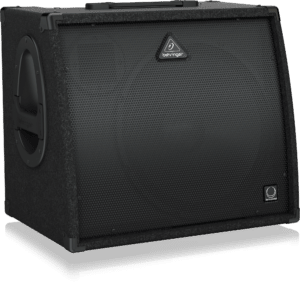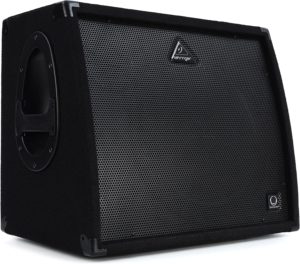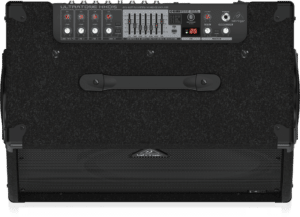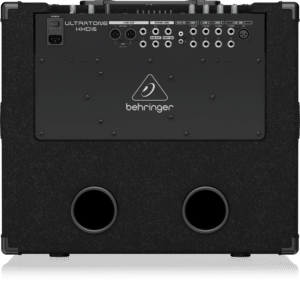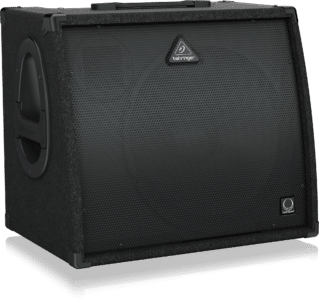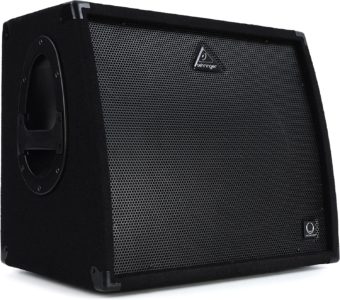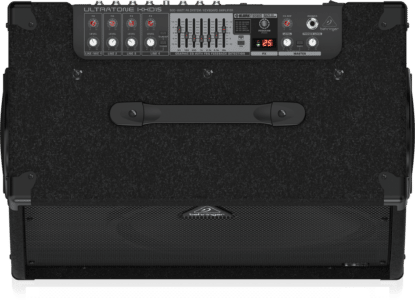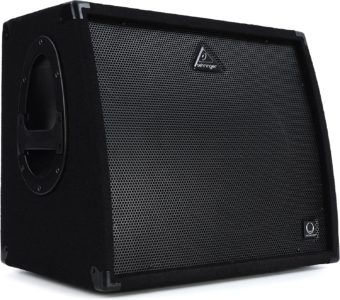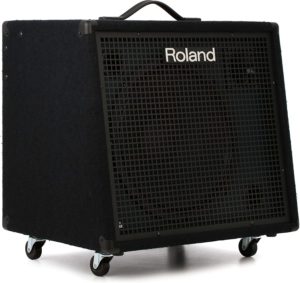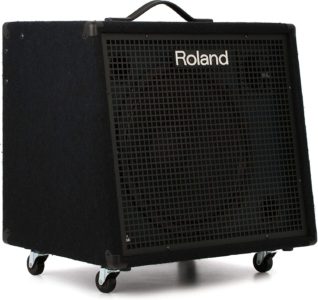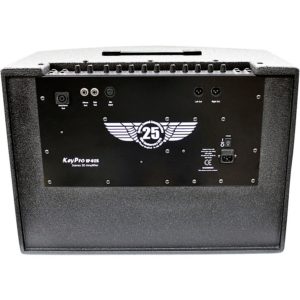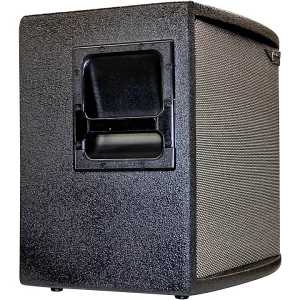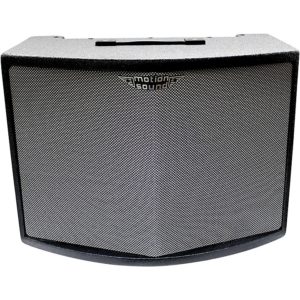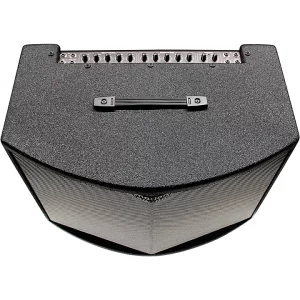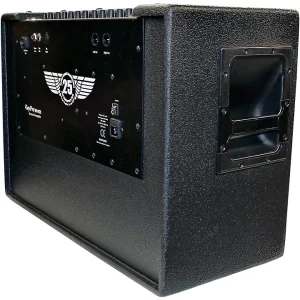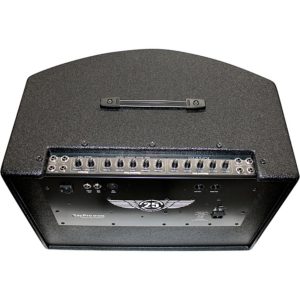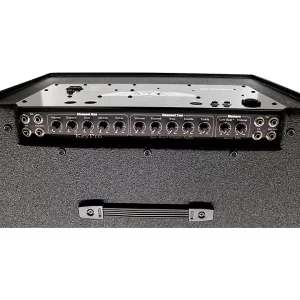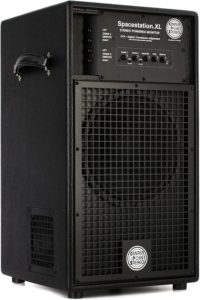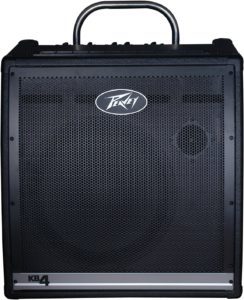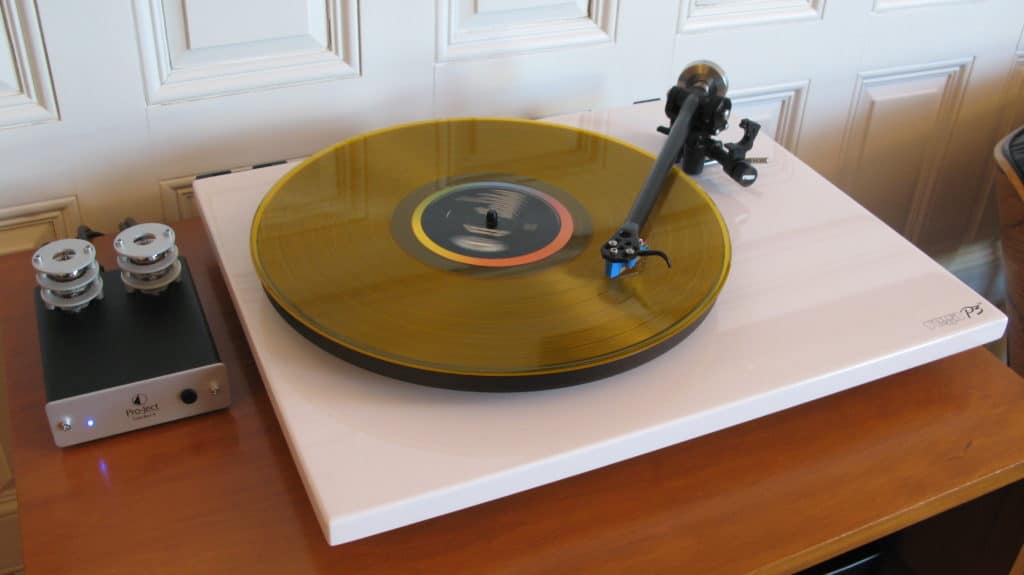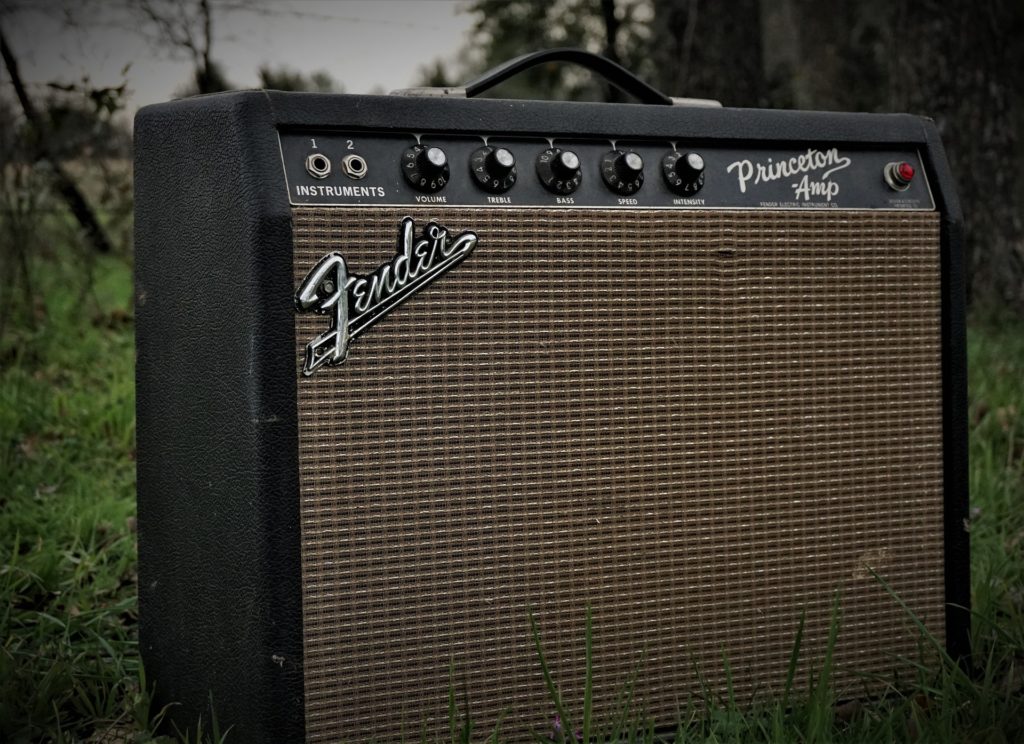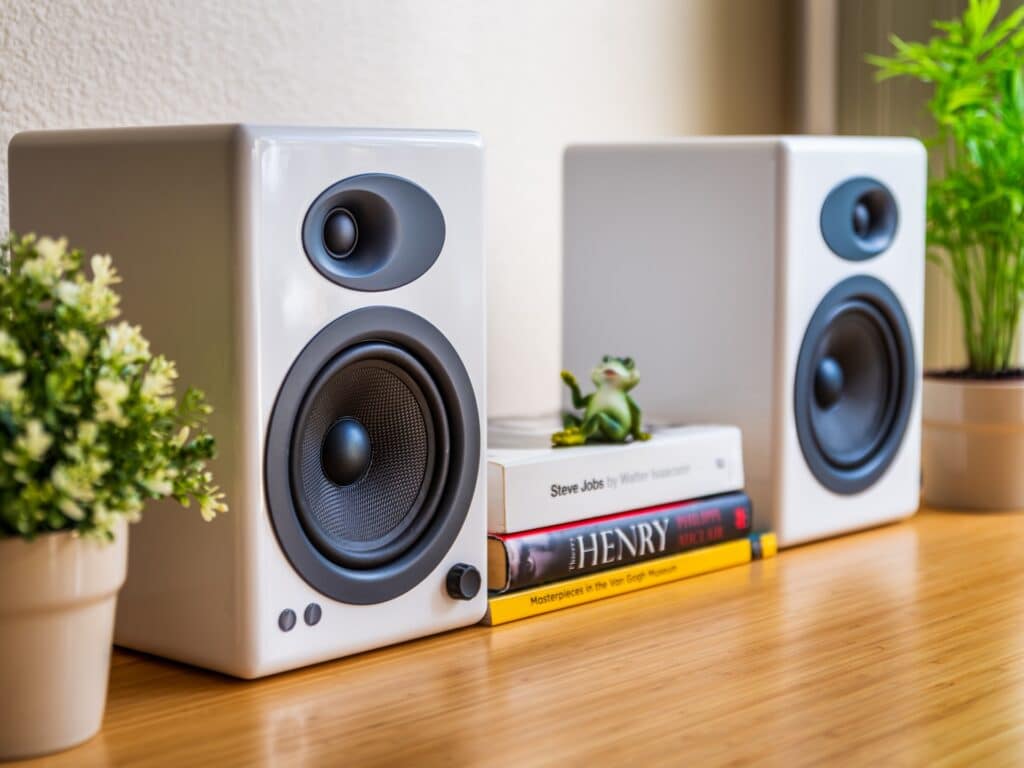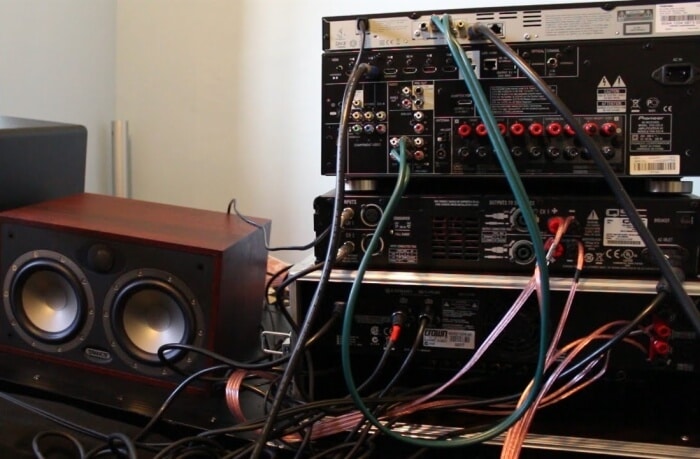Features to Consider Before Buying a Keyboard Amp
Whether you are looking for a unit for your live performance or for recording in a studio, you will find the right option.
You can find a quality keyboard amp for traveling even if you are tight on budget. Just understand your needs and requirements, and you can find the best one that meets all your preferences.
Before buying a keyboard amp, let’s look at some important features.
What is a Keyboard Amp?
For those who haven’t heard of a keyboard amp, it’s an electronic amplifier with a loudspeaker encased within a speaker cabinet.
It is for amplifying electronic instruments such as keyboards. However, some of these devices are less compatible with instruments like a guitar.
This piece of equipment helps you in amplifying the sound of your keyboard. With its help, you can produce precise and crisp sounds without distortion using your keyboards.
They come in handy, particularly when you are playing your keyboards in a band because they can help boost the sound of your piano.
You might think that a keyboard amplifier is just like a guitar amplifier. But keyboard amps are different from guitar amps because you can connect more than one keyboard simultaneously with your keyboard amp.
Wattage & Size
The equation is very simple here – your keyboard amp will produce a much louder sound with more wattage and size. This power is measured in wattage, but the wattage ratings differ for different units.
Traditional amplifier manufacturers use Class A, Class B, and Class AB ratings and these units usually refer to RMS (root mean square) power. You will get a precise picture of a unit’s performance with that rating.
Power consumption is another aspect that is associated with this rating. Of course, with higher wattage, units will consume more power. However, most of this power is turned into heat, so a more powerful unit will warm up quickly.
Class D amps are available on the market and can turn on/off at rapid speeds. The resulting pulses are then filtered to reproduce the audio. These units are highly efficient and don’t need heat sinks or transformed ones.
For these Class D amps, RMS measurements are meaningless. There are other rating methods for these amps. But as a rule of thumb, you can divide the traditional RMS power equivalent by 4 to get the power rating of a Class D amp.
These Class D amps, such as Behringer Ultratone KXD15 and Aspen Pittman Stereo Spacestation, are pretty good for traveling due to their lightweight design, and you won’t have to compromise on the overall power and performance.
Active vs. Passive PA system
For a larger venue, you must be looking to use your keyboard rig with a PA (house public address) system. This is because even those bigger keyboard amps won’t be able to deliver the sound quality in such a scenario.
However, you will need a quality device for private practices or smaller concerts. It will enable you to control your sound and work as your monitor fully.
Now, there are two different options available when it comes to PA systems. You can either go for active or for passive systems. An Active PA speaker can power itself or through some plug-and-play option. It will feature an amp and a speaker inbuilt, and some units might feature aux connections and EQs.
On the other hand, a passive speaker will need a connection with a power amp that will serve as its power source. So for a simpler setup, you should go for an active PA system because setting up a passive PA speaker will cause a few problems because you will have to have a power outlet to run it.
There are various options available for different speakers, but at an initial stage, you can go for a few speakers. Active PA systems come with XLR connections, as with all the keyboard amps mentioned above on our list.
Active speakers come with their amplifier inbuilt, so they are heavier than passive systems. Therefore, an active seeker is an ideal option for small events. On the other hand, for larger venues, you need to go for passive speakers.
These units don’t have inbuilt components. Therefore, they are more robots; you don’t need to repair them that often. But due to their large size, they are usually placed and not moved around that much.
Inputs & Outputs
The number of inputs and output switches on your keyboard amp entirely depends upon how many audio sources you have. Maybe the model you are considering only works well for a single keyboard.
You must decide based on how many devices you want to connect with your keyboard amp. There is a wide variety of options available here.
For example, Behringer KXD15 comes with a wide range of input and output options. Roland KC600 features a wide range of I/O options and the other three we have reviewed in our list above. It is all up to you what you want to connect with your keyboard amp.
PA System vs. Keyboard Amp
PA systems and keyboard amps are similar in terms of their features. But the main difference between them is wattage. Most keyboards tend to range between 20W to 400W.
PA systems are much more powerful than that. These PA systems are better suited when you want to address an audience at a longer distance. Keyboard amps are better for your private endeavors.
Speakers
Larger units can handle more power, and they can also deal with lower bass frequencies. You won’t have to tackle any distortion with these larger units. However, they do tend to favor lower frequencies.
Therefore, a large bass or a midrange speaker is usually called a woofer. For example, the Aspen Pittman Stereo Spacestation is paired with a small treble speaker called a tweeter.
This way, you can cover the entire range of your instrument. Some larger units might come with an extra midrange speaker.
Channels
Keyboard amps usually come with different channels, and you can connect multiple keyboards or other instruments. So, your amp can control all audio types for performance and practice.
Each channel must come with other controls, such as EQ and FX, besides its volume control, for more inbuilt or preset effects.
The Behringer Ultratone is a good example, as it comes with 4 different channels and 7-band EQ. So, you have plenty of options when it comes to connectivity and customize your music accordingly.
Weight
More powerful units need larger speakers, and the cabinets should also be pretty strong. Tube amps tend to be bulkier than solid-state models if you compare them in terms of wattage.
Class D amplifiers such as Behringer Ultratone and Aspen Pittman Stereo Spacestation are much lighter and produce less heat. But if you are looking for portability, a small amp with an extension speaker would be a good option.
DSP
An inbuilt signal processor can come with various digital effects. There are different options available if you are looking for these features.
Units like Peavey KB4 and Behringer KXD15 are extraordinary if you look for these effects. It will enable you to explore more options and customize your music in an effective manner.






